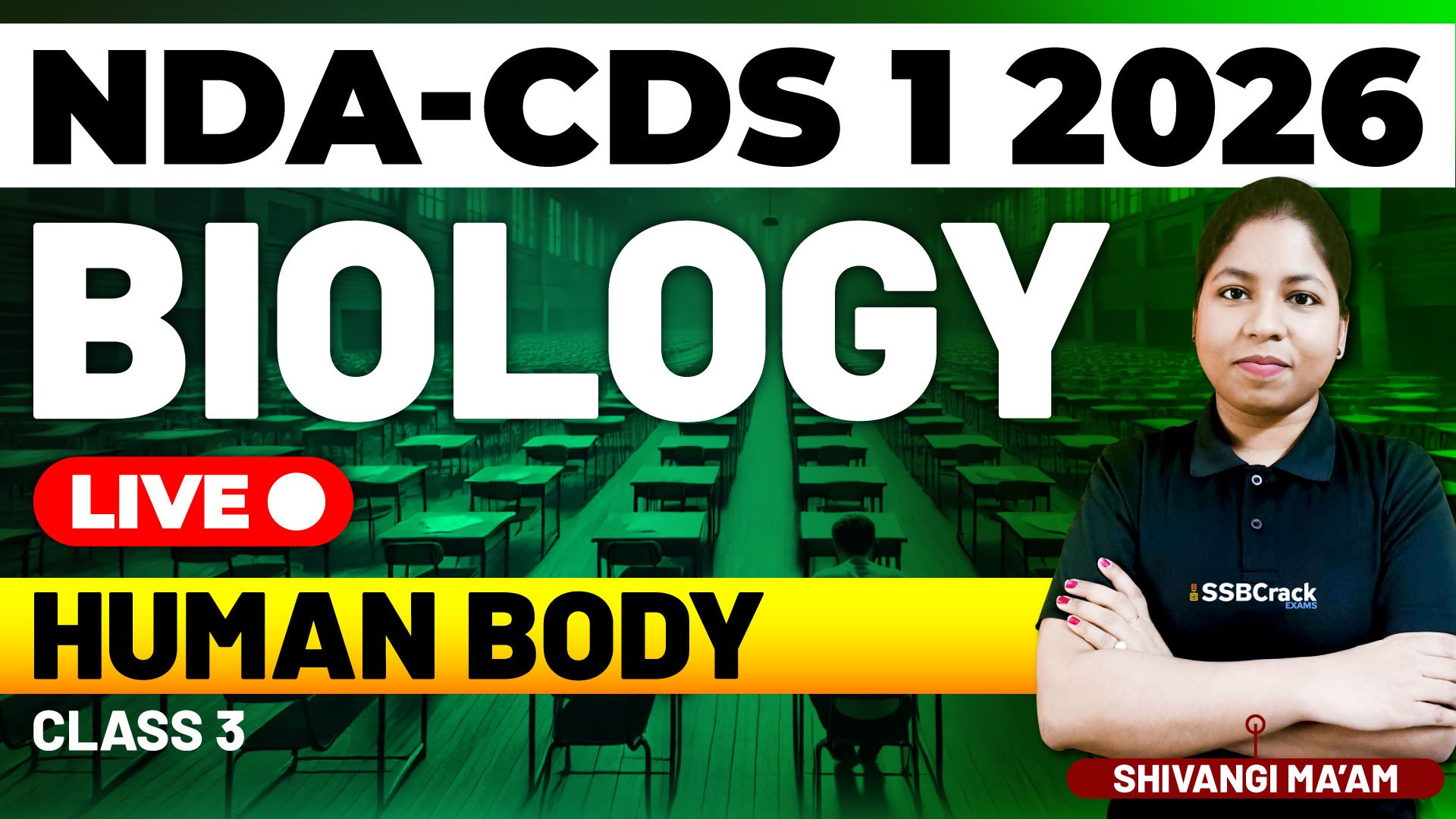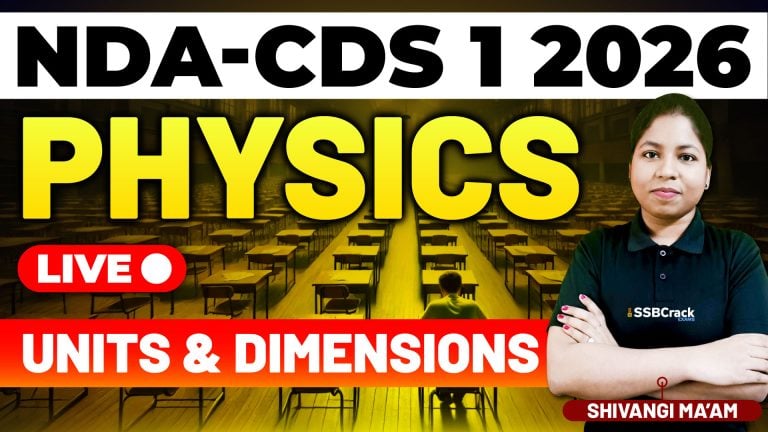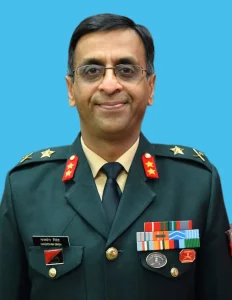The NDA (National Defence Academy) and CDS (Combined Defence Services) examinations are conducted by the Union Public Service Commission (UPSC) to recruit candidates for India’s Army, Navy, and Air Force.
In the General Science section of the written exam, Biology holds significant weight. Topics from Human Physiology, including Locomotion & Movement and the Endocrine System, are frequently asked and help build conceptual clarity for both exams and SSB interviews.
Unit 1: Locomotion and Movement in Humans
Introduction
Locomotion and movement are fundamental characteristics of living organisms. While movement refers to any change in the position of a body part, locomotion involves movement resulting in a change of place. In humans, coordinated action of muscles, bones, and joints enables complex movements essential for daily activities.
Subtopics
- Types of Movement
- Amoeboid movement (e.g., WBCs)
- Ciliary movement (e.g., movement of respiratory tract cells)
- Muscular movement (involving muscle contraction)
- Skeletal System
- Functions: support, protection, shape, movement
- Major bones of the human skeleton
- Types of bones and joints (fixed, slightly movable, freely movable)
- Muscular System
- Types of muscles: skeletal, smooth, cardiac
- Structure of a skeletal muscle (myofibrils, actin, myosin)
- Mechanism of muscle contraction – Sliding Filament Theory
- Energy for contraction (ATP and role of calcium ions)
- Disorders of the Muscular and Skeletal System
- Muscular dystrophy, cramps, arthritis, osteoporosis, etc.
Summary / Key Concept
- Movement involves muscle contraction.
- Skeletal system provides the framework for locomotion.
- Coordination between the skeletal and muscular systems ensures smooth movement.
Unit 2: Endocrine System
Introduction
The endocrine system is a network of glands that secrete hormones directly into the bloodstream to regulate body functions such as growth, metabolism, and reproduction. It works in coordination with the nervous system to maintain homeostasis.
Subtopics
- Endocrine Glands and Hormones
- Pituitary gland – “Master gland,” controls other glands
- Thyroid gland – Produces thyroxine (controls metabolism)
- Parathyroid glands – Regulate calcium levels
- Adrenal glands – Produce adrenaline, cortisol
- Pancreas (Islets of Langerhans) – Insulin and glucagon for glucose regulation
- Gonads (Testes & Ovaries) – Testosterone, estrogen, progesterone
- Pineal gland – Melatonin, regulates sleep
- Mechanism of Hormone Action
- Target cells and receptors
- Feedback mechanisms – Negative and Positive feedback
- Endocrine Disorders
- Diabetes mellitus (insulin deficiency)
- Goitre (iodine deficiency)
- Cretinism, Gigantism, Acromegaly, Addison’s disease, etc.
Summary / Key Concept
- Hormones are chemical messengers controlling vital physiological processes.
- Balance in hormone secretion is crucial for maintaining normal body functions.
Conclusion
Understanding Locomotion and Movement helps us appreciate how our musculoskeletal system supports physical activity, while the Endocrine System shows how internal coordination is achieved through hormones.
Both systems highlight the interconnectedness of structure and function in the human body—core knowledge for the NDA/CDS 1 2026 exam’s Biology section, where conceptual clarity and factual accuracy are key.



















